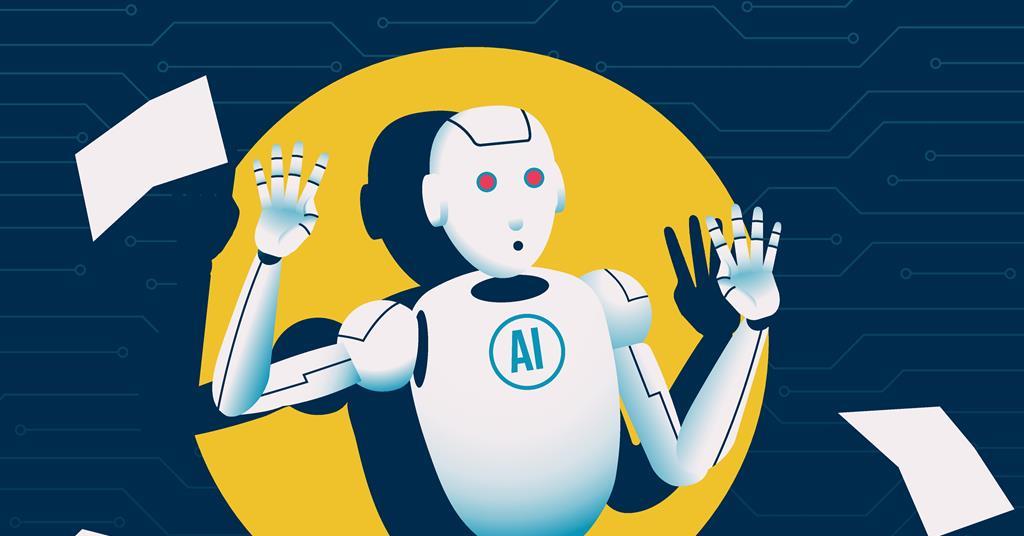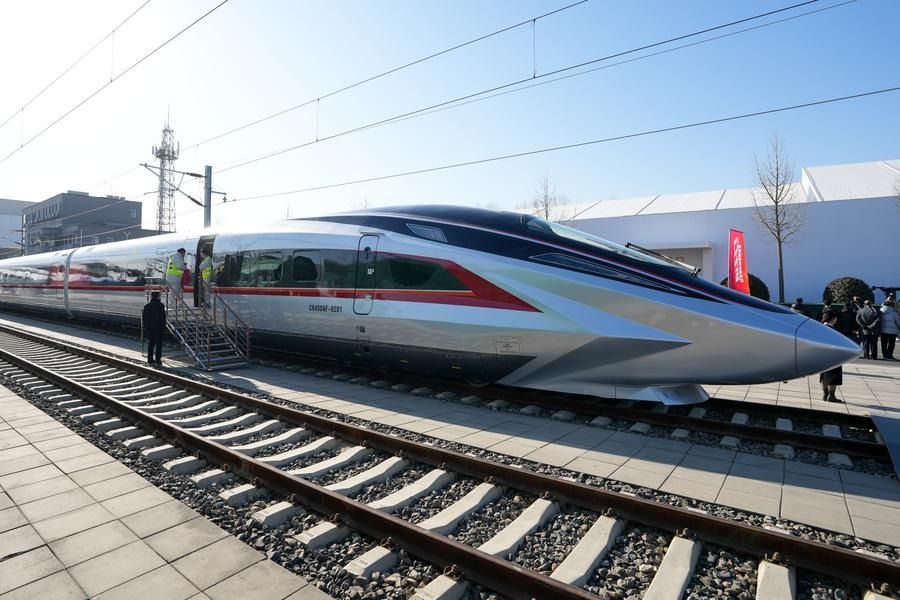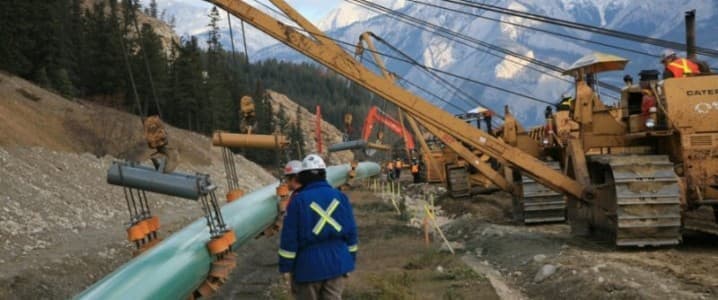Amazon's Robot Army: Is Your Job Next? The Shocking Truth Revealed!

Imagine walking into a warehouse and seeing rows of robots efficiently picking and packing your online orders. Sounds futuristic, right? But it's happening now, and Amazon is charging ahead with plans that could reshape the workforce as we know it. According to a recent report from The New York Times, Amazon isn't just using robots; they're aiming to exponentially increase their 'robot army'—and that might put hundreds of thousands of human jobs at risk.
The internal documents leaked to the Times reveal a chilling strategy: more robots to meet soaring demand, potentially replacing a staggering 600,000 jobs by 2033. While the report doesn’t explicitly say this will lead to mass layoffs, it's hard to ignore the implications of prioritizing automation over human labor.
In an effort to soften the blow for communities that may face job losses, Amazon has been reportedly considering ways to enhance its public image. The company is looking into participating in local events and community initiatives, all to position themselves as a 'good corporate citizen.' Interestingly, they've even discussed rebranding their terminology—using phrases like 'advanced technology' instead of 'automation' and 'cobot' in place of 'robot' to suggest a friendlier relationship between machines and people.
However, Amazon isn’t backing down from its narrative. An Amazon spokesperson defended the company's track record, stating, 'No company has created more jobs in America over the past decade than Amazon.' They emphasized their ongoing hiring spree, with plans to fill 250,000 positions this holiday season alone. But is that enough to offset the potential losses?
Amazon stands as the third-largest employer in the U.S., right behind the federal government and Walmart, with about 1.5 million employees. Just think about this: a reduction of 600,000 jobs would be like watching FedEx vanish overnight, considering they employ around 550,000 workers. The stakes are incredibly high.
Furthermore, studies have shown that every robot added by a company reduces wages by 0.42% for every 1,000 workers employed. This trend has already cost Americans an estimated 400,000 jobs. The question lingers: will these investments in technology really lead to better-paying positions, or are we heading toward a future where humans are increasingly sidelined by machines?
In response to these concerns, Amazon insists its investments will continue to create significant employment opportunities, particularly in higher-paying roles. But as robots become more prevalent, we must ask ourselves: what happens to the average worker in this rapidly changing landscape?

























